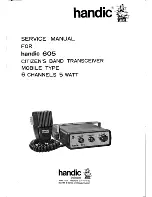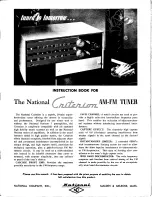
27
Rev.2.10
Serial communication command
Serial communication command
■
Preface
Use of the serial command allows the volume of this unit and settings of functions (page 13) with the DIP switch to be an
external device remotely controlled.
Note:
• The settings of the functions that can be set with the DIP switch can be overwritten by sending a serial command. The serial
command has the higher priority and will override the DIP switch settings. The unit will default back to the DIP switch settings
when the power is cycled. (Excluding No. 7 of DIP switch 1)
■
Basic format
The serial command employs a common format to the commands of both from a control device to this unit and from this unit to
a control device, and the format is categorized into three patterns as follows:
When there is no parameter:
"$" as a starting character, command, the control code, "CR" and "LF", as the termination character.
When there is a single parameter:
"$" as a starting character, command, colon, 1st parameter, the control code, "CR" and "LF", as the termination character.
When there are two parameters:
"$" as a starting character, command, colon, 1st parameter, colon, 2
nd
param.
• All of $, CR, LF: (colon) are fixed single byte, and the command part is fixed 3 bytes.
• The length of the parameter part is basically single byte. As an exception, only the 2nd parameter is 2 bytes for the volume
setting command.
• If a command containing a failure in the command part or format is transmitted to this unit, $ER1[CR][LF] is returned from this
unit.
• If a command containing a failure in the parameter part is transmitted to this unit, $ER2[CR][LF] is returned from this unit.
• When a timeout error occurs on the receiving timer (30 seconds) between each byte, $ER3[CR][LF] is returned.
Note:
• When commands are successively transmitted, keep 300ms or more between successive commands that are transmitted to
this unit.









































